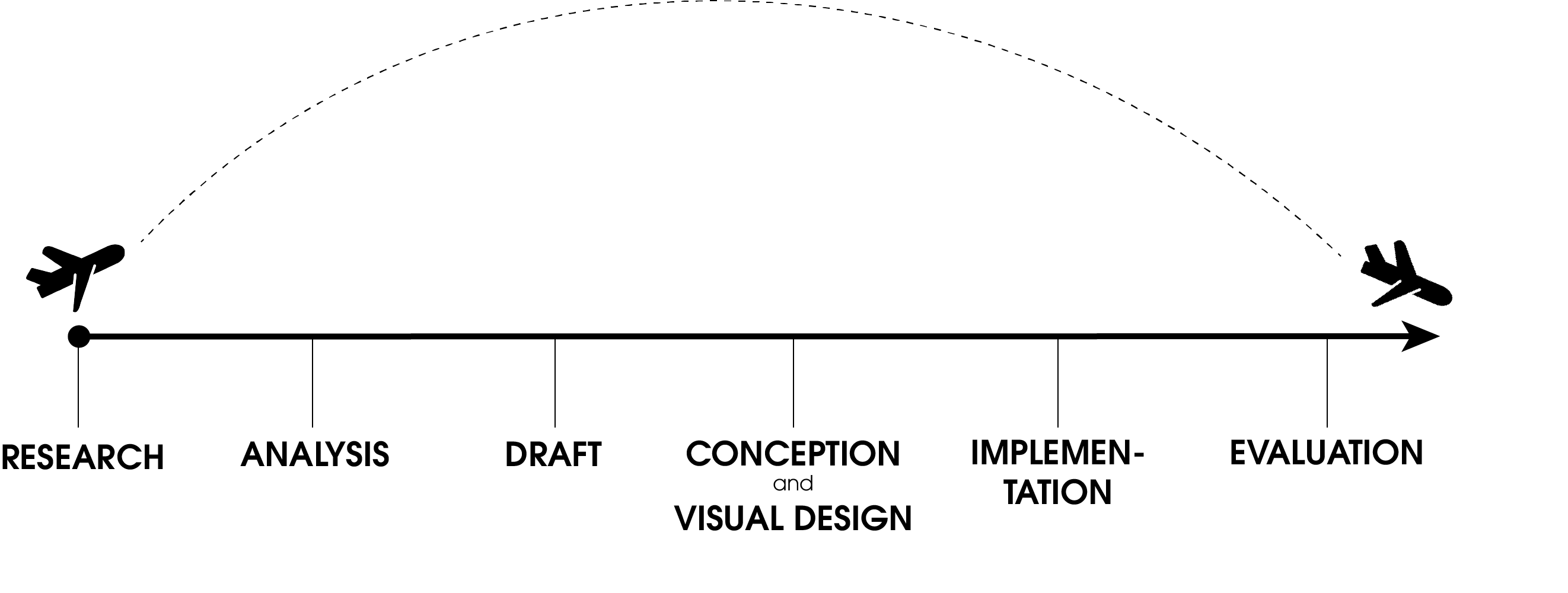Use Canonical Tags correctly to identify duplicate content. What it's all about and how it works you can find out here! ... Continue reading


User experience, or UX for short, refers to the overall experience your user has with your website. It goes beyond the mere use of your product or service and includes the entire experience, such as the purchase, the packaging, your support in case of queries.
| Usability | Usability is best translated as usability or user-friendliness. It ensures that your user gets to the content or products of your site that he wants to see as easily as possible. Good usability is usually not explicitly perceived by users, but bad usability is. |
| User Experience | User experience extends the concept of usability to include aesthetic and emotional factors. These can be, for example, an appealing design, aspects of confidence building or the fun of using your website. A positive experience of your user, ensures a lasting experience and remains anchored in his memory. |
| UX Design | UX design focuses on the analysis, creation and optimization of the user experience. In the best case, you simplify complicated issues on your site to bring the user of your site quickly and easily to their desired destination. |
A good user experience on your website is a clear competitive advantage for you. The user of a website does not have the motivation to deal with a web page, an order process or the search for information in detail. This quality of the UX on your site is a lever with which you can directly influence the conversion rate. The length of the dwell time the user stays on your site can also have a positive effect for you. If the user feels comfortable in the environment you have created, the risk of a bounce rate is lower and the user will visit your site more often to get information, products or services.
The user experience is a factor that indirectly affects the ranking in the SERPs. According to Google, they evaluate key figures such as the dwell time of your users, the bounce rate and the click rate, which are included in the evaluation of your website.
A quick and easy-to-implement method to find out how your target group thinks about your product and what they need. The participants fill out an online questionnaire. Based on the collected data, you can precisely describe your target group or compare target groups with each other.
In one-on-one meetings with participants from your target group, key needs, motivators and concerns are analyzed. From this, you can derive the added value of your product as well as the requirements for the conception and design.
Here, we observe under real conditions how users and customers search for, buy and try out a product on the Internet. With field studies, you learn how your target group approaches the purchase of your products and can quickly make improvements if necessary to make the purchase of your product an experience. You also get the opportunity to discover innovation potential in your products and thus create a competitive advantage for yourself.
A moderated discussion takes place in groups of about 10 participants. This gives you a differentiated opinion of your users on a particular issue. The group dynamics within the discussion can show you new creative perspectives. In addition, you get information about opinions and ideas about your product. Unfortunately, individual opinions can get lost in the group during focus groups. In order for you to be able to analyze the results optimally later, the discussion is often recorded on video or written down.
This method is suitable for you especially for the redesign and optimization of website navigation. The advantage for you is that relevant content can be found more quickly by the users of your website. For this purpose, the test persons improve the navigation structure by grouping related points for themselves and defining a category name. The result is a comprehensible navigation of your website from the user’s point of view.
There are two different variants here. Eye tracking in the lab measures the user’s eye movement. This tells you whether relevant messages and interaction elements are perceived or which elements distract the user. The result provides you with a detailed analysis of the eye movement, but the evaluation of the results is very time-consuming.
The second variant is virtual eye tracking. In contrast to laboratory eye tracking, here the eye-tracking is simulated by modern software tools. This method is more cost-effective than the complex analysis in the laboratory and is particularly suitable for analyzing landing pages or home pages. Through the simulation, the scrolling behavior of a real user can deviate from that of the software.

You want to learn more about exciting topics?